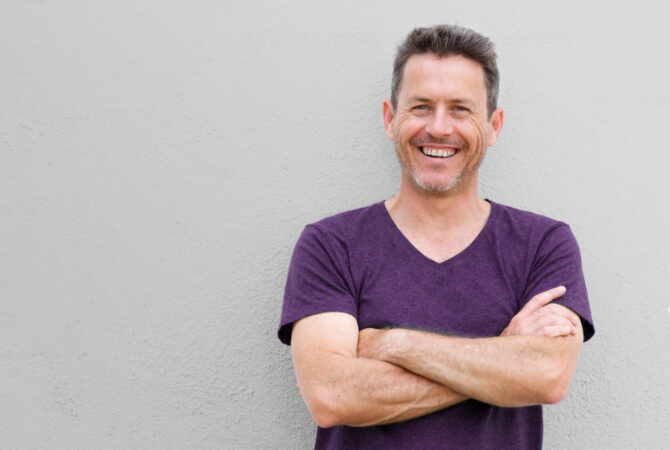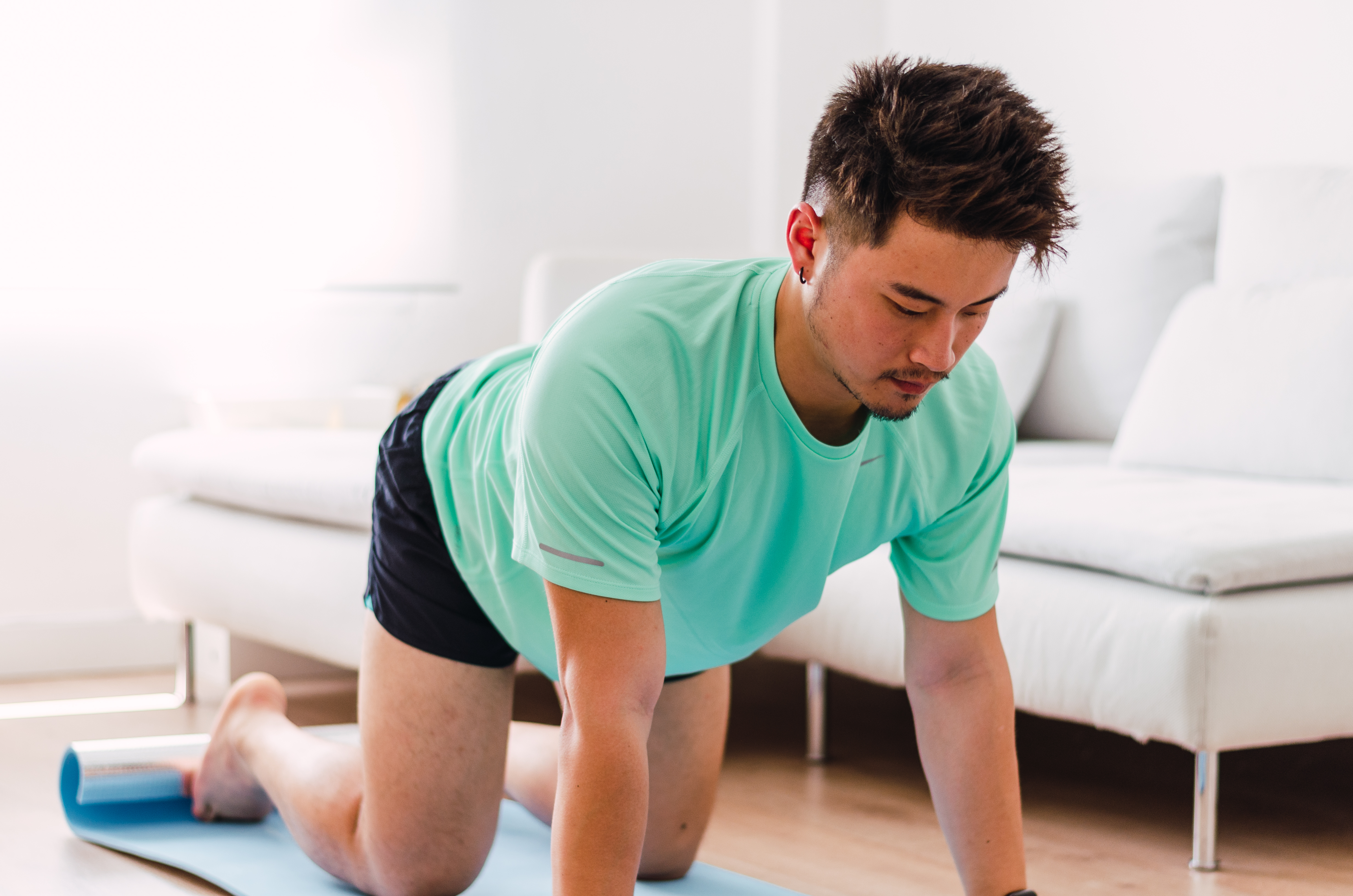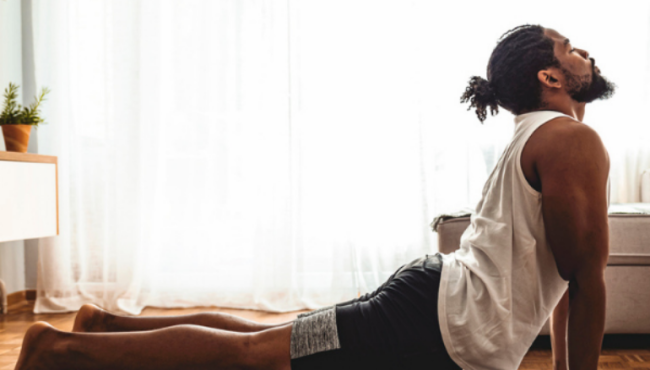
We've all heard about motivation and discipline: no pain, no gain, less excuses, more results. You need motivation to get things done and to keep you going when you're tired, sore, or have other commitments. Right? Maybe…
When it comes to health and fitness, behaviour change and exercise are critical. Being able to meet physical activity guidelines gives you about a 30% lower chance of dying for any reason. That might be enough to encourage some people to move, but not everyone. There's been a considerable amount of research into what exactly helps people to start and maintain exercising, so where does motivation come in?
Changing intention to behaviour
Behaviour change science calls this "the intention to behaviour gap". It refers to the percentage of likelihood that wanting to exercise contributes to successfully exercising. This percentage? Well, it's a mere 38%. Flipping a coin to decide whether or not to exercise gives you a better chance of success than being "motivated".
So, what does this mean?
At any time, you can open social media to see a young, fit, genetically blessed 20-something tell you that unwavering dedication to fitness is the only path to success and that you must take an all-or-nothing approach. Less excuses, more results.
According to the Australian Institute of Health and Welfare, the people who are getting enough physical activity are:
- 22% of young people aged 15-17
- 25% of adults aged 18-64
- 13% of Aussies aged 65+
Based on the information, it's fair to say the 'all or nothing' approach does not work for about 17 million Australians. In a room with 10 people, seven of them aren't exercising enough to maintain their health. It might even be you!
So, what does work?
Getting started with and maintaining an exercise routine is more complex than the commonly suggested solutions may imply. It's not just a matter of getting up earlier, trying harder, or being better. Instead, it involves problem-solving, flexibility and adopting a long-term approach that fits with your lifestyle.
A good starting point is identifying the core values you associate with movement and physical activity. It involves being realistic about your daily and weekly commitments and making compromises with yourself, friends, family and responsibilities.
Getting started? Focus on what's achievable if you want to get anything done. How do you know what's achievable? Adopting open goals.
What are open goals?
Open goals are non-specific and exploratory. They are questions you ask to see how good you can do. How many times can I walk this week? How many times can I fit in a workout in on the way home from work? Pay attention to how you approach your open goal. Take note of what gets in the way, and what helps you get moving. Record it. For example:
Every time I try and go to the gym, I haven't eaten, am rushing home from work, and just don't have the energy after a long day.
Ask yourself:
- What would it look like if I packed a pre-gym snack?
- What would it look like if I went to gym before work?
- What would it look like if I set up home gym equipment?
- What would it look like if I went on the weekend?
The list is endless. But if you just stop at your first barrier, you're likely to never get a routine sorted.
Interestingly, none of the solutions above are about motivation. While 38% isn't small, it's not 100%. If we spend all of our time trying to become motivated to exercise, we're shifting focus from the other 62% of the equation.
As always, there's an entire profession dedicated to helping you move. Speak to your doctor about a referral to your local clinical exercise physiologist, or find us online.












